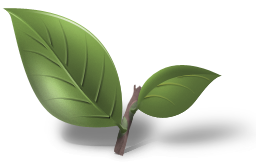In Japanese teaware it's mostly about the art, not so much about clay quality. But that is also the case about higher-end Yixing collection: at that level craftsmanship and representativeness of a historical period are more important than the material. Similarly good zini could cost $300 or $10000 depending on who made the pot and when.Andrew S wrote: ↑Thu Jun 03, 2021 5:16 pmAs someone who is not familiar with Japanese teaware, can I ask if people have the same desire to pursue particular vintages of particular Japanese clays, like they do with particular vintages of particular Yixing clays?
I haven't yet seen the same obsession over rare or 'high quality' clays in people who buy Japanese teaware as I have with those of us who are trying to chase the Yixing dragon.
I also haven't seen the same obsession over the effect that certain Japanese clays have on a tea's flavour than with Yixing clays, and even then, I think that pursuing the effect on tea flavour (as opposed to pursuing rare or interesting clays) seems to be more of a Western thing than an Eastern thing (from what little I can see online).
Perhaps the fact that Yixing was controlled by a single state factory for so many years, with so many subtle and not-so-subtle variations over time, makes Yixing factory teapots better-suited to collecting, and, inevitably, forgeries (especially if the forger only needs to make a teapot in the exact same shape and style, rather than imitating something that is obviously more hand-made like with some Japanese wares). I can imagine that someone could sell catalogues of every single factory pot ever made, and collectors could go on adventures to catch 'em all, so to say.
And on that point of forgery, I often wonder what percentage of Yixing vendors (especially those visible in the online world) know that their teapot is fake, versus what percentage are unaware of that because they themselves have been deceived.
Andrew
I don't think the monopoly of Factory 1 makes Yixing more collectible. In fact, most of the higher-end Yixing collecting does not involve F1 pots. Most collectors look for works from ROC and earlier, some collectors are after the works of famous craftsmen. F1 pots are nice because they are good tools (nice clay, functional craftsmanship) and they are cheap enough. Even people who collect F1 pots rarely try to get them all, if anything because in the 80s and 90s there are many not-so-good ones.
